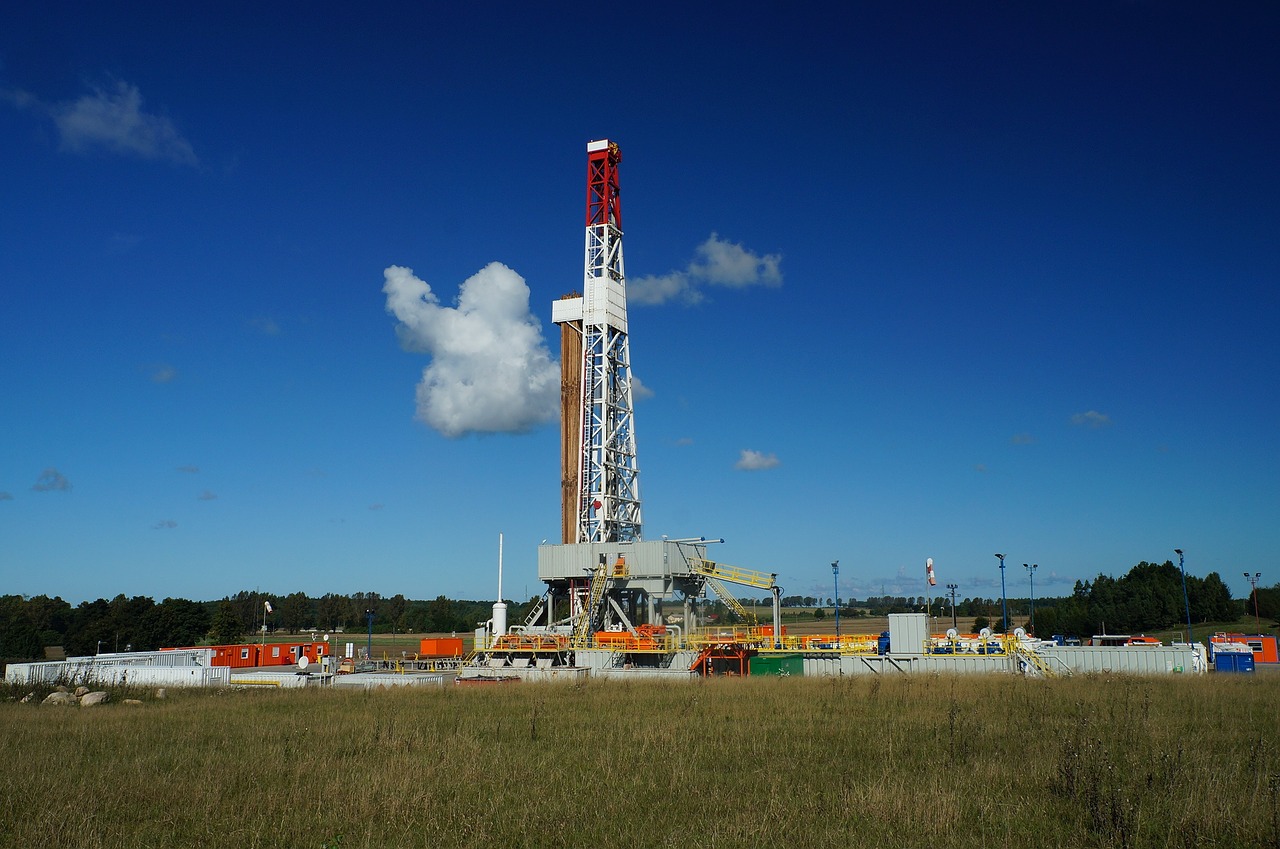
The oil and gas industry is an equipment-heavy business, as it takes a complicated mix of machinery to pull oil out of the ground in an effective manner, all while ensuring the safety of its workers.
If you have been tasked with managing the setup of a new drilling site, ensure that it has the gear listed in the paragraphs below…
1) Pressure sensors
One of the biggest threats to drilling equipment are the various pressures produced as one delves deep into the Earth.
A sudden buildup in pressure can threaten the integrity of drill bits, as well as the safety of workers on site, should a well blowout occur. If current equipment isn’t giving proper readings, those managing the site should buy pressure transducer as soon as possible.
Additionally, they are great for tracking the flow of drilling fluid from mud pumps, as they allow operators to actively manage it as the injection proceeds.
2) Mobile diesel heaters
Oil rigs operate in any type of climate at any time of year. Whether it’s +40 or -40 degrees Celsius, the world’s thirst for fossil fuels demands that the spigots keep flowing, no matter how harsh conditions may be.
However, the human beings running the equipment are not soulless machines, so it is important to provide for their comfort to keep them working at an optimal rate.
In the dead of winter, this is achieved by providing mobile diesel heaters. Oil rig sites are almost always well off the grid and are transitory in nature, making it impractical to run utility lines.
As such, providing these units will keep a site’s hardworking employees warm and happy as they faithfully execute their duties on the job.
3) Flare stack
When oil is struck at a drill site, there is more than just crude oil that comes up through the hole in the ground. A variety of gasses also come along for the ride, from foul-smelling methane to hazardous (and odorless) hydrogen sulfide vapors.
To mitigate the nuisance and danger posed by these two by-products, they are burned off as they rise from the earth in a flare stack. Steam is injected to prevent the formation of black smoke during combustion, thereby producing a clean flame.
4) Fire suppression system
One of the most dangerous safety hazards at an oil and gas production site is the breakout of a fire. With a variety of vectors that can cause an entire rig to go up in flames in mere minutes, it is crucial to have effective fire suppression installed.
Properly tested on a regular basis, this valuable system will not only save workers from being killed or maimed, but it will save a company many millions of dollars in losses.